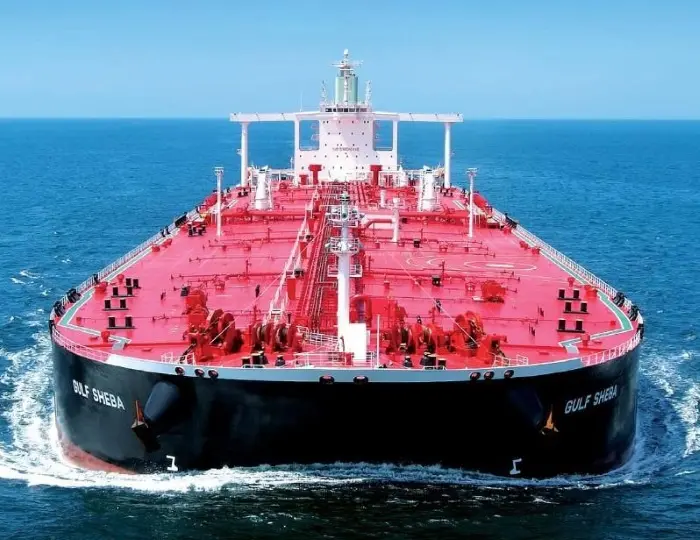VLCC Market Under Pressure

Shipbrokers left and right are highlighting the VLCC tanker markets’ intense negative pressures. In its latest weekly report, shipbroker Charles R. Weber said that “rates in the VLCC market were under renewed negative pressure this week, paring last week’s modest gains and extending to a near two‐month low. Though demand in the Middle East was stronger, rising 85% w/w from last week’s YTD low to 24 fixtures – boosted by a surge in demand for AG‐China voyages to an eight‐month high – the pace of demand seemed slower as half of this week’s tally was covered under COAs”.
According to CR Weber, “moreover, a third of this week’s fixtures with reported rates were on disadvantaged units. Ironically, though, the lack of sufficient testing of rates on normalized terms likely limited the extent of rate erosion that should have accompanied a fresh weakening of fundamentals. We note that the tally of surplus July Middle East VLCCs jumped after the month’s program concluded on the lower end of the anticipated range; from an earlier estimate of 15 surplus units we now count 21, marking a two‐month high and eight more than the average during 1H17. The present view of surplus tonnage through the first decade of August shows potentially as few as 16 units, though we take an unconstructive view that this will have any meaningful impact on VLCC rates as hidden tonnage is likely to see this number rise, and Middle East cargo availability appears increasingly tenuous. Reports indicate that Saudi Arabia is set to cut supply to a YTD low during August, in line with a usual domestic summertime demand surge while August Basrah stems have been elusive. For its part, there appears to be an increasing disconnect between Basrah stems and AIS data for loaded cargo from the terminal, casting further uncertainty around the extent of regional exports”.
Meanwhile, in the Middle East, VLCC rates to the Far East shed 2.5 points to conclude at ws50 – with corresponding TCEs off 10% to ~$19,748/day. Rates to the USG via the Cape were unchanged at ws24.5. Triangulated Westbound trade earnings eased 2% to conclude at ~$21,656/day, due to higher bunker prices. In the Atlantic Basin, rates in the West Africa market followed those in the Middle East. The WAFR‐FEAST route shed one point to conclude at ws54; corresponding TCEs were down 5% w/w to ~$21,521/day. Demand in the Caribbean market remained slow for a fourth consecutive week. The CBS‐SPORE route held steady $3.2m lump sum, accordingly.
In other tanker classes, CR Weber noted that “the West Africa Suezmax market observed a fresh decline in demand following three consecutive weeks of significantly above‐average fixture activity. There were just six fixtures reported this week, representing a 65% w/w decline to a seven‐week low. Rates commenced the week with fresh losses, before rebounding to conclude the week largely unchanged. Contributing to rebound, supply levels were modestly lower following the earlier strong demand while demand in the Middle East market was at marked strength this week, influencing sentiment as fewer ballasters were expected. The WAFR‐USG route concluded unchanged at ws60, having earlier dipped to ws55. The WAFR‐UKC route gained 2.5 points to conclude at ws65. Total confirmed this week that exports from the Djeno terminal in Congo Republic were continuing unaffected from last week’s strike action and SBM incident, despite earlier reports indicating a force majeure. Meanwhile, the status of Bonny light force majeure remains unclear. Further forward, reports indicate strong overall West Africa demand for the September program on anticipated refining margins strength”.















![AIRBUS A380 [MORE THAN 600 PASSENGER’S CAPACITY PLANE]](https://cdn.tinn.ir/thumbnail/4jCp4EQvCU0b/IjHVrSYQrIAqIzXuTzADR7qLYX4idQT4nfq__26E5SCUPLMqfhWkWajvuO9Wfq1ql1TjV4dhkrHliNQU82kMpo2NNftT_NGEwHc9KXtN_rk731bmifa2IQ,,/airbus-a380-structure1.jpg)

Send Comment